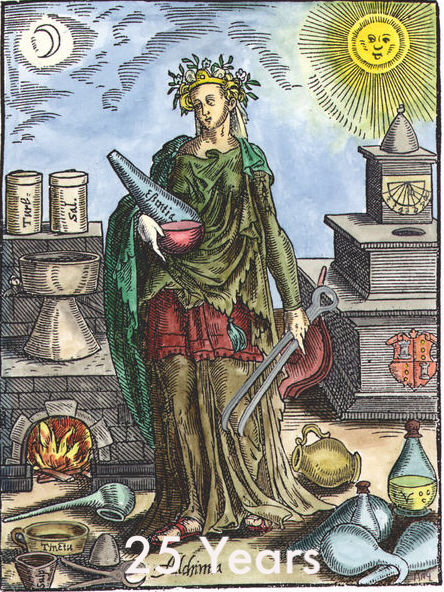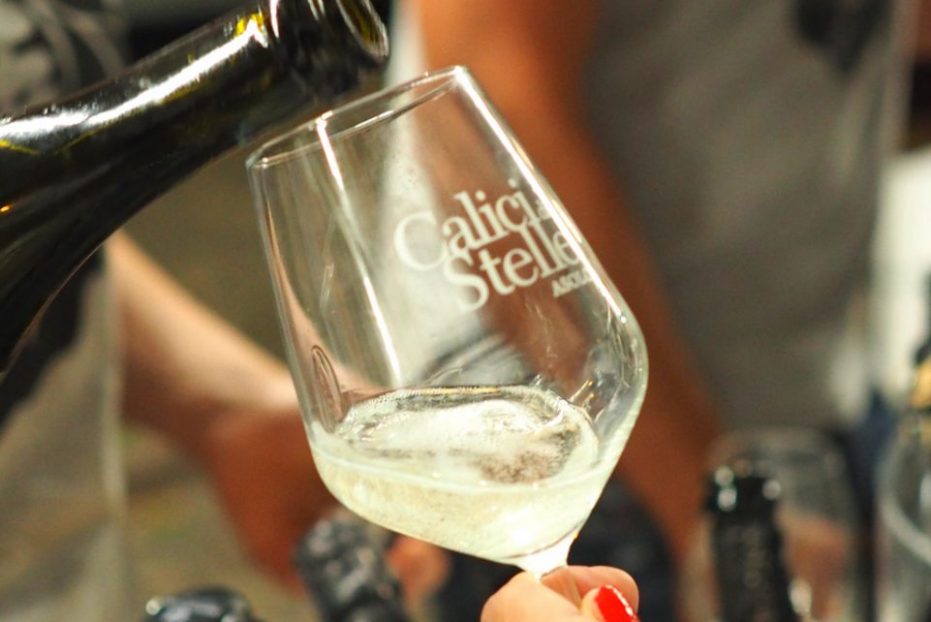Asolare: drinking Asolo Prosecco Superiore DOCG (Pt.2)
Part 1 introduced the Asolo Prosecco Superiore DOCG, setting it in a cultural context and describing its relationship with the larger Prosecco DOC and the neighbouring Prosecco DOCG of Conegliano Valdobbiadene. Now Part 2 features a dozen recommendations for Asolo Prosecco Superiore DOCG. In style, these range from bone-dry to sweet, each with food matching ideas mentioned. Most producers make Prosecco in more than one form, so I’ve picked those bottles available in the UK, with prices and sources.
A note on the wines
All the wines mentioned below are Spumante and made by the Charmat method unless otherwise stated. Spumante is fully sparkling, with pressure between 3.5 and 6 Bar. Frizzante is lightly sparkling with a maximum of 2.5 Bar pressure. The wines are between 11% and 11.5% alcohol.
They feature extended second fermentation (called Charmat Lungo) to create smaller and more persistent bubbles with additional leesy flavours. The minimum second fermentation time in a pressure tank for Prosecco is just 30 days, but these take considerably longer. I’ve given the residual sugar (RS) figure too if only to express my inner geek. I’ve also included a re-emerging traditional style called Col Fondo, which is delightfully different, both in creation and taste.
Here they are.
Extra-Brut (0-6 g/l of residual sugar)
Loredan Gasparini, Vigna Monti, 2016. 0.5 g/l RS
From the Monti vineyard at Montello, 100% Glera. This example uses Método Classico, not Charmat, hence the older vintage date, as the wine is aged in bottle for 12 months before disgorging. Delicate beading of bubbles and deep yellow colour. Lively, rich and creamy. Some freshly baked bread character and a distinct moreish flintiness. 2013, with some extra bottle age, is available at 3Venice Wine £19.00
Astoria, Fanò, 2018. 6 g/l RS
100% Glera. 35 days second fermentation. Foaming, less leesy than some, but with a refreshing almond and sherbet finish after an explosion of apple and honeysuckle fruit. Gerrard Seel £13.95
Food suggestions
Pasta-wise, Ravioli with lots of butter and parmesan is delicious. Also Fresh-water fish, sushi/sashimi and dim sum. Asparagus, even difficult matches like Artichoke hearts and fresh tomatoes. As an antipasto, try Smoked salmon blinis. Fish & Chips, (or scampi if you want to be posh).
Brut (6-12 g/l of residual sugar)
Case Paolin, 2018. 7 g/l RS
Case Paolin makes outstanding wines from their 15 ha of vines at Voplago del Montello. They were the first to be certified as organic in this region and is a low-sulphur regime too. The second fermentation takes 45 days. Greenish highlights and a persistent mousse with small bubbles. Scents and palate of honeysuckle, with a little baked bread too. An elegant wine with a terrific long chalky finish. Woodwinters £15.00
Tenuta Amadio, 2018. 8 g/l RS
From Monfumo, at around 200 metres altitude. 100% Glera. Fifty days second fermentation, followed by four months on the lees. Also comes in Extra-Dry and Dry styles, but the Brut style is more revealing of underlying flinty minerality. This is a softly textured wine, with acacia on the nose and peachy stone fruit character. Drink young or leave to age. 2014 is £12.00 at Waud Wines
Botter, 2017. 9 g/l RS
Botter started small, at Fossalta di Piave, near Venice. Now they are massive, with a vast range of wines. They make half the total volume of Asolo DOCG production! This Brut is 100% Glera and proves that big wineries can make great wines. Generous style, a hint of quince and excellent length. London Wine Shippers, £12.18; Exel Wines, £13.20
Giusti, 2017. 10 g/l RS
A winery to watch, established by Ermengildo Giusti (known as Joe), an Asolo native who returned to create a modern winery after a career in Canada. The hilly vineyards are in Nervesa della Battaglia. Light colour, greenish glints. High intensity on the nose and palate, featuring green apples and lemons. Zingy, vivacious, with a baking soda undertow. 5 Bar pressure means persistent bubbles. Due in at Mondial Wine, £14.82
Villa Sandi, 2018. 12 g/l RS
A major high-quality Prosecco producer with vineyards in both DOCGs and DOC. The Asolo vineyards are at Nervesa della Battaglia. Fruity aromas of white flowers and apples. The palate has apple and grapefruit. There is a hint of melon on the finish. Bold, yet with a cushioned palate, finishing crisply dry. Bellavita £14.99, Dolce Vita Wines £17.50
Food Suggestions
Sea-fish such as sardines and anchovies. Polenta based dishes. Crustaceans (prawns, lobster, crab) Anchovies. Salumi such as Parma Ham. How about this road-tested recipe for Baked Zucchini.
Extra-Dry (12-17 g/l of residual sugar, so this is off-dry)
Bedin, Collina 48, NV. 16g/l RS
This wine is 85% Glera with 15% from the indigenous Blanchetta Trevignana, Perera and Boschera. Full-bodied, the tasting profile adds melon to the expected apple on the palate. There is a rounded, gentle, but clean finish. Collina 48 is imported into the UK by Jascots, as the “Adalina” brand. Hence you’ll find this sold exclusively at bars, hotels, and restaurants rather than in retail shops. For example, try the National Theatre or Kew Gardens!
Bele Casel, 2017. 16 g/l RS
A small artisanal producer, organic but uncertified. 100% Glera from From Cornuda, 40-50 days second fermentation and four months on the lees and low sulphur. 16 g/l sugar and 4.5 Bar pressure. Creamy green apple, grapefruit and greengage on the palate before a long saline finish. Berry Brothers & Rudd £14.95
Ghisolana, Over 100, 2018. 15 g/l R/S
Ghisolana is a tiny artisanal organic winery in Monfumo, with just 3 ha of Glera vines over 100 years old. There’s a delicate balance of sugar and acidity, so it’s elegant and clean. Some subtle acacia and wisteria floral notes, with an apple and pear palate, plus a long, savoury finish. Most of this is drunk in their excellent restaurant in Monfumo called Al Capitello (their tiny winery is underneath, in the cellar). However, in the UK, 2018 is at the Humble Grape wine bars in London (£19.75).
Loredan Gasparini, Cuvée Indegena, 2017. 17 g/l RS
Indigena is a very different proposition to their Vigna Monti Extra-Brut, even though the Glera grapes are from the same vineyard. The second fermentation takes more than ten months in a Charmat pressure tank, producing an extraordinary creamy wine. Massive dry extract of 38 g/l. All elegant apricots and pears alongside green apples. Suave, sophisticated, finishing clean and fresh. 3Venice Wine has 2012 at £21.00
Food Suggestions
Roast pork with apple sauce, spicier “fusion” cuisine. Stir-fries. Desserts such as pastries, fruit tarts, ice cream, and trifle.
Dry (17-32 g/l of residual sugar, so this is the sweetest)
Villa Giustiani, VG 2017. 25 g/l RS
Firmly in the Dry category. Despite the initial sweetness on the palate, the balancing acidity means it’s fresh and finishes cleanly, without cloying. Think baked Apple Pie, all sweet pastry with green apples. While this level of sugar does mask the terroir aspects, it’s undoubtedly an excellent match for desserts. There are also Brut and Extra-Dry versions made. Tannico, £15.20
Food suggestions
Panettone is the classic, other cakes and biscuits. A classic companion for English afternoon tea!
But wait! As promised there’s a unique emerging style based on ancient tradition, called Col Fondo.
Col Fondo – a unique style
Col Fondo is a different style of Prosecco. It’s only in small volumes, but production is growing as this style rides the trend for “natural wines”. Col Fondo means “with the bottom”. It’s an ancient tradition of having the second fermentation in the bottle. The spent yeast sediment forms a thickish layer at the bottom of the bottle.
While some might want to decant the wine from this sediment, that misses the point. A much better solution is to invert the bottle gently two or three times. Those old enough may remember we were once encouraged to do so with Orangina, their TV advert had the slogan, “shake the bottle, wake the drink”. The wine is then served cloudy. Often, these wines also feature other production tweaks like skin maceration, using natural yeasts, extended lees ageing, no fining/filtering and low sulphur. Col Fondo isn’t an “orange wine”, and neither is it funky. Instead, they have enhanced flavours and textures, usually Extra-Brut.
Consequently, Col Fondo is related to the Ancestrale sparkling method, or the modern “Pet’ Nat”. However, it’s technically neither. Those involve bottling a wine that is still first fermenting. Col Fondo bottles a still wine that has finished the first fermentation, with a dosage of grape must and yeast to begin a new second fermentation in the bottle. It’s a process also known in Italy as Sui Lieviti.
Case Paolin, Col Fondo, 2017, 0 g/l RS
Their oldest Glera vines, low yields, pre-maceration before first fermentation with wild yeasts. Second fermentation in the bottle, with the sediment acting as a natural protector, so low sulphur too. Served cloudy, this is bone dry, without any residual sugar at all. It’s also in the Frizzante, lightly sparkling style. Remarkable texture, combining the creaminess of the yeasts with a prickle on the tongue from the bubbles. Still fresh and refreshing – nothing oxidised, nothing reductive. Stong white flower and acacia aroma, the palate has chalk and flint minerals and leesy notes, with the honeysuckle and grapefruit fruit playing second fiddle. Remarkable and delicious, an older bottle from 2014 had developed some honey and quince notes. Woodwinters, £15.00
Food suggestions:
Pasta with pumpkin, Spring Rolls. Aperitivi / canapés. White meats such as Chicken.
More Producers to look for
Note, some quite brilliant Asolo Prosecco’s are not yet in the UK. I forecast this to change as a segment of Prosecco drinkers seek out drier styles and higher quality. So if you visit Asolo or Venice, check out these producers and their examples:
Bresolin (Brut)
Costa (Prà Grande, Dry)
Dal Bello (Celeber, Extra-Brut)
Martignago (Xero Extra-Brut)
Montelliana (“57” Extra-Dry)
Montelvini, (Il Brutto, Col Fondo; and Serenitatis, Extra Brut)
Pat de Colmel (Duse, Dry)
Sartor (Kairòs, Extra-Dry)
Serafini & Vidotto (Extra-Dry)
The Last word
Robert Browning wrote, in his poem Fra Lippo Lippi:
“If you get simple beauty and nought else, you get about the best thing God invents.”
As with all apparently simple things, Asolo Prosecco takes a lot of skill, hard graft and dedication.
cin-cin.
Not content with making DOCG Prosecco, the Asolo region also produces all sorts of other white and red wines, and I’ll be featuring some of those in future, for example, Recantina.








